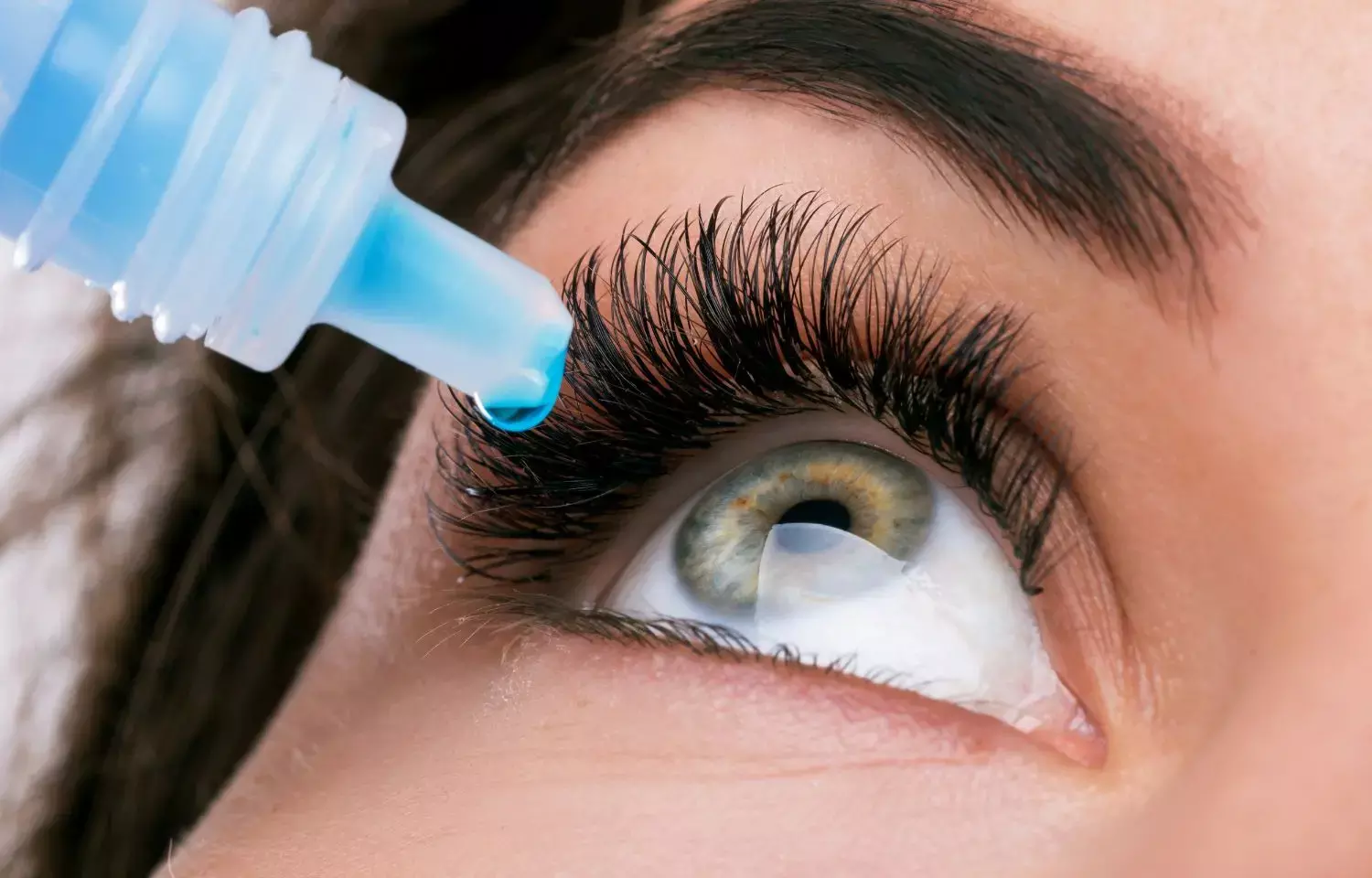- Home
- Medical news & Guidelines
- Anesthesiology
- Cardiology and CTVS
- Critical Care
- Dentistry
- Dermatology
- Diabetes and Endocrinology
- ENT
- Gastroenterology
- Medicine
- Nephrology
- Neurology
- Obstretics-Gynaecology
- Oncology
- Ophthalmology
- Orthopaedics
- Pediatrics-Neonatology
- Psychiatry
- Pulmonology
- Radiology
- Surgery
- Urology
- Laboratory Medicine
- Diet
- Nursing
- Paramedical
- Physiotherapy
- Health news
- Fact Check
- Bone Health Fact Check
- Brain Health Fact Check
- Cancer Related Fact Check
- Child Care Fact Check
- Dental and oral health fact check
- Diabetes and metabolic health fact check
- Diet and Nutrition Fact Check
- Eye and ENT Care Fact Check
- Fitness fact check
- Gut health fact check
- Heart health fact check
- Kidney health fact check
- Medical education fact check
- Men's health fact check
- Respiratory fact check
- Skin and hair care fact check
- Vaccine and Immunization fact check
- Women's health fact check
- AYUSH
- State News
- Andaman and Nicobar Islands
- Andhra Pradesh
- Arunachal Pradesh
- Assam
- Bihar
- Chandigarh
- Chattisgarh
- Dadra and Nagar Haveli
- Daman and Diu
- Delhi
- Goa
- Gujarat
- Haryana
- Himachal Pradesh
- Jammu & Kashmir
- Jharkhand
- Karnataka
- Kerala
- Ladakh
- Lakshadweep
- Madhya Pradesh
- Maharashtra
- Manipur
- Meghalaya
- Mizoram
- Nagaland
- Odisha
- Puducherry
- Punjab
- Rajasthan
- Sikkim
- Tamil Nadu
- Telangana
- Tripura
- Uttar Pradesh
- Uttrakhand
- West Bengal
- Medical Education
- Industry
0.002% OMDI eye drops has potential to significantly reduce IOP in Normal Tension Glaucoma

New research found that using 0.002% Omidenepag Isopropyl (OMDI) eye drops in patients with normal tension glaucoma (NTG) having low intraocular pressure has further reduced the intraocular pressure after 6 months of usage. The IOP reduction was significant and stable. The study results were published in the Journal of Glaucoma.
Lowering intraocular pressure (IOP) is the only proven therapy for glaucoma with the goal of halting or slowing the progression of visual field abnormalities. This is achieved by eye drops, oral medicines, laser treatments, and surgery. Prostaglandin analog eye drops like omidenepag isopropyl is the first-line medication because they have a strong efficacy in lowering IOP. Hence researchers from the Department of Ophthalmology, Chung-Ang University Hospital, Chung-Ang University College of Medicine, Korea conducted a study to analyze the efficacy and safety of 0.002% omidenepag Isopropyl (OMDI) eye drops in patients with normal tension glaucoma (NTG).
Medical records for 62 eyes treated with OMDI for ≥6 months were analyzed. Intraocular pressure (IOP), refraction, keratometry, central corneal thickness (CCT), endothelial cell count, coefficient of variation of endothelial cell area (CV), corneal erosion, and central retinal thickness were compared at baseline and 1, 3, and 6 months.
Key findings:
- A significant decrease in IOP from 13.4±3.8 to 11.9±3.0, 11.7±2.9, and 12.2±3.3 mm Hg at each follow-up was seen (P<0.001).
- Though endothelial cell count did not change, CV has transiently increased from 12.6 to 17.0 at 1 month, CCT increased from 531.5 to 538.4 μm, myopia changed from −1.5 to −1.9 D, and keratometry changed from 44.5 to 44.7 D.
- CV, myopia, and keratometry recovered to baseline at 6 months; however, CCT remained high.
- Significant corneal erosion was observed at 6 months.
- There were not many observable central retinal thickness changes.
- There were improvements in prostaglandin-associated skin pigmentation (86.7%), eyelash elongation (40.0%), and deepening of the upper eyelid sulcus and ptosis (~30%) at 3 months after exchange to OMDI.
Adverse reactions were corneal erosion (27.4%), corneal thickening (21.0%), conjunctival hyperemia (11.3%), photophobia (5.7%), blurred vision (5.7%), anterior chamber cells (4.8%).
Thus, in NTG patients having low IOP use of OMDI eye drops has elicited significant and stable reductions after 6 months. The researchers also suggested to consider transient myopic and corneal endothelial cell changes, development of corneal thickening, and corneal erosion when using OMDI drops.
Further reading: Lee, Seung Hyeun MD*; Lee, Won Jun MD*; Kim, Kyoung Woo MD, PhD*; Jeong, Jae Hoon MD, PhD†; Park, In Ki MD, PhD‡; Chun, Yeoun Sook MD, PhD*. Influence of 0.002% Omidenepag Isopropyl on Intraocular Pressure and the Cornea in Normal Tension Glaucoma. Journal of Glaucoma 32(4):p 245-251, April 2023. | DOI: 10.1097/IJG.0000000000002167
BDS, MDS
Dr.Niharika Harsha B (BDS,MDS) completed her BDS from Govt Dental College, Hyderabad and MDS from Dr.NTR University of health sciences(Now Kaloji Rao University). She has 4 years of private dental practice and worked for 2 years as Consultant Oral Radiologist at a Dental Imaging Centre in Hyderabad. She worked as Research Assistant and scientific writer in the development of Oral Anti cancer screening device with her seniors. She has a deep intriguing wish in writing highly engaging, captivating and informative medical content for a wider audience. She can be contacted at editorial@medicaldialogues.in.
Dr Kamal Kant Kohli-MBBS, DTCD- a chest specialist with more than 30 years of practice and a flair for writing clinical articles, Dr Kamal Kant Kohli joined Medical Dialogues as a Chief Editor of Medical News. Besides writing articles, as an editor, he proofreads and verifies all the medical content published on Medical Dialogues including those coming from journals, studies,medical conferences,guidelines etc. Email: drkohli@medicaldialogues.in. Contact no. 011-43720751




